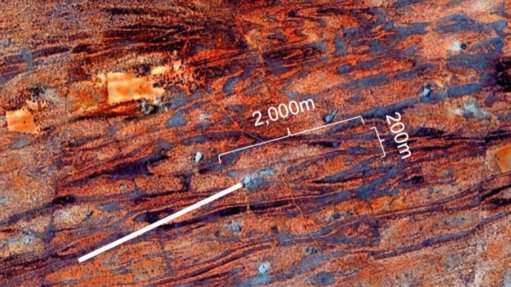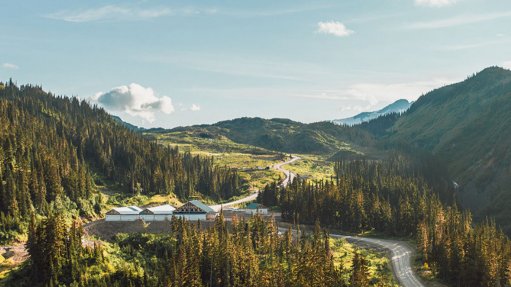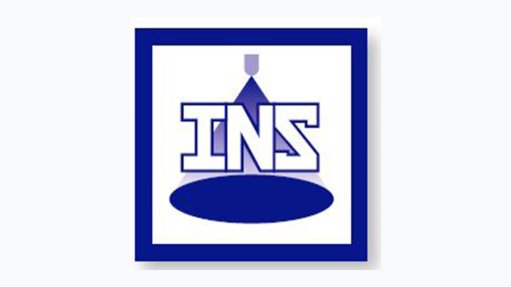On-The-Air (01/03/2019)
Every Friday, SAfm’s radio anchor Sakina Kamwendo speaks to Martin Creamer, publishing editor of Engineering News and Mining Weekly. Reported here is this Friday’s At the Coalface transcript:
Kamwendo: The metal rhodium has become the unsung hero of the mines hit by low platinum prices.
Creamer: Thank God for rhodium and thank God for palladium. These have really come to the party. The platinum price has been plummeting and these prices have just been rocketing. This is because of the change in the market where people are not using diesel cars anymore, they are using petrol cars.
They need that rhodium to keep the nitrogen oxide out of the air. We see that that price has doubled this year and trebled since 2016. It comes out of reef mainly called upper group two (UG2). For long the UG2 reef has been the poor cousin, people have not wanted to mine that, they wanted to mine Merensky because it was platinum rich. Now, all of a sudden this UG2 is the optimum reef and it is giving us the rewards that is needed in South Africa at this time.
Kamwendo: South Africans are leading the way in the establishment of the world’s biggest gold mining company as well as the resurgence of the mining economy of the West African country of Guinea.
Creamer: This is incredible. The people that we have had in mining are now making massive impacts on the world. The first one I would like to speak about is Dr Mark Bristow. He has not only taken control of Barrick, which is currently the biggest gold mining company in the world.
He is immediately trying to gobble up Newmont, which one could say is the second biggest mining company. Obviously there is a lot of resistance, but this is the foresight of South Africans. They used to walk down Joburgs roads here and we use to see them often. The same is with Mick Davis and Niron. He is now moving into Guinea.
What we have had in Guinea is a deadlock, because the government there was fighting with the previous company that had rights there, which was the Steinmetz Group. This went to court and it went to international court and along came two former Prime Ministers, the former British Prime Minister, Tony Blair, and the former French Prime Minister, Nicolas Sarkozy. They reached a settlement there so that what can now move in is the South African far-sightedness again Mick Davis with Niron, who is looking to turning the Zogota iron-ore resource to positive account.
To open up the door to massive iron-ore potential there that rivals that of Australia and Brazil. Wonderful action to see that Africa is going to get the benefit of this and all led by people who worked here. I’m looking at a picture now of Mick Davis a few years ago toasting with the former Mineral Resources Minister Phumzile Mlambo-Ngcuka and now big things he could lead in Guinea.
Kamwendo: Coal’s days are numbered in the new low-carbon world that global investors are demanding.
Creamer: Investors do not want people to use fossil fuels. We see the banks turning away from allowing new coal mines to develop. This had a major impact. The world’s biggest supplier of seaborne coal, Glencore, also led by South Africans. Again the South Africans at the forefront of everything and again being far-sighted.
They have put a cap on coal, in other words, they said we will not produce more than 150-million tonnes of coal a year. You have got to walk on both sides of the road here. You need renewable energy to come in, but it can’t come in immediately. Of course, for decades we will still be using coal, but what Ivan Glasenberg and Peter Freyberg is saying – who we know from these areas working from South Africa – is that they have given the United Nations, the world and investors an assurance that they will not produce more coal mines and they will limit their capacity to 150-million tonnes a year. Coal’s days are numbered.
Kamwendo: Thanks very much. Martin Creamer is publishing editor of Engineering News and Mining Weekly.
Article Enquiry
Email Article
Save Article
Feedback
To advertise email advertising@creamermedia.co.za or click here
Press Office
Announcements
What's On
Subscribe to improve your user experience...
Option 1 (equivalent of R125 a month):
Receive a weekly copy of Creamer Media's Engineering News & Mining Weekly magazine
(print copy for those in South Africa and e-magazine for those outside of South Africa)
Receive daily email newsletters
Access to full search results
Access archive of magazine back copies
Access to Projects in Progress
Access to ONE Research Report of your choice in PDF format
Option 2 (equivalent of R375 a month):
All benefits from Option 1
PLUS
Access to Creamer Media's Research Channel Africa for ALL Research Reports, in PDF format, on various industrial and mining sectors
including Electricity; Water; Energy Transition; Hydrogen; Roads, Rail and Ports; Coal; Gold; Platinum; Battery Metals; etc.
Already a subscriber?
Forgotten your password?
Receive weekly copy of Creamer Media's Engineering News & Mining Weekly magazine (print copy for those in South Africa and e-magazine for those outside of South Africa)
➕
Recieve daily email newsletters
➕
Access to full search results
➕
Access archive of magazine back copies
➕
Access to Projects in Progress
➕
Access to ONE Research Report of your choice in PDF format
RESEARCH CHANNEL AFRICA
R4500 (equivalent of R375 a month)
SUBSCRIBEAll benefits from Option 1
➕
Access to Creamer Media's Research Channel Africa for ALL Research Reports on various industrial and mining sectors, in PDF format, including on:
Electricity
➕
Water
➕
Energy Transition
➕
Hydrogen
➕
Roads, Rail and Ports
➕
Coal
➕
Gold
➕
Platinum
➕
Battery Metals
➕
etc.
Receive all benefits from Option 1 or Option 2 delivered to numerous people at your company
➕
Multiple User names and Passwords for simultaneous log-ins
➕
Intranet integration access to all in your organisation




















